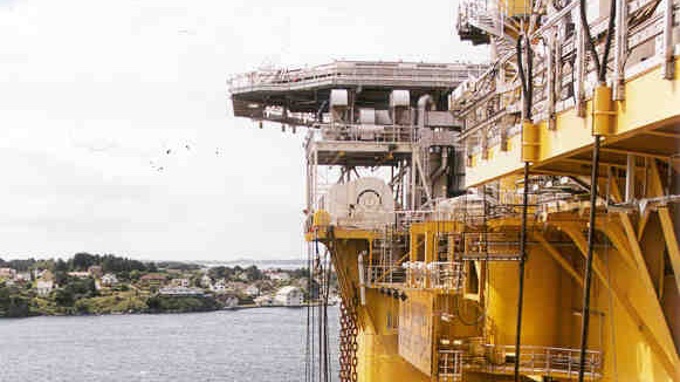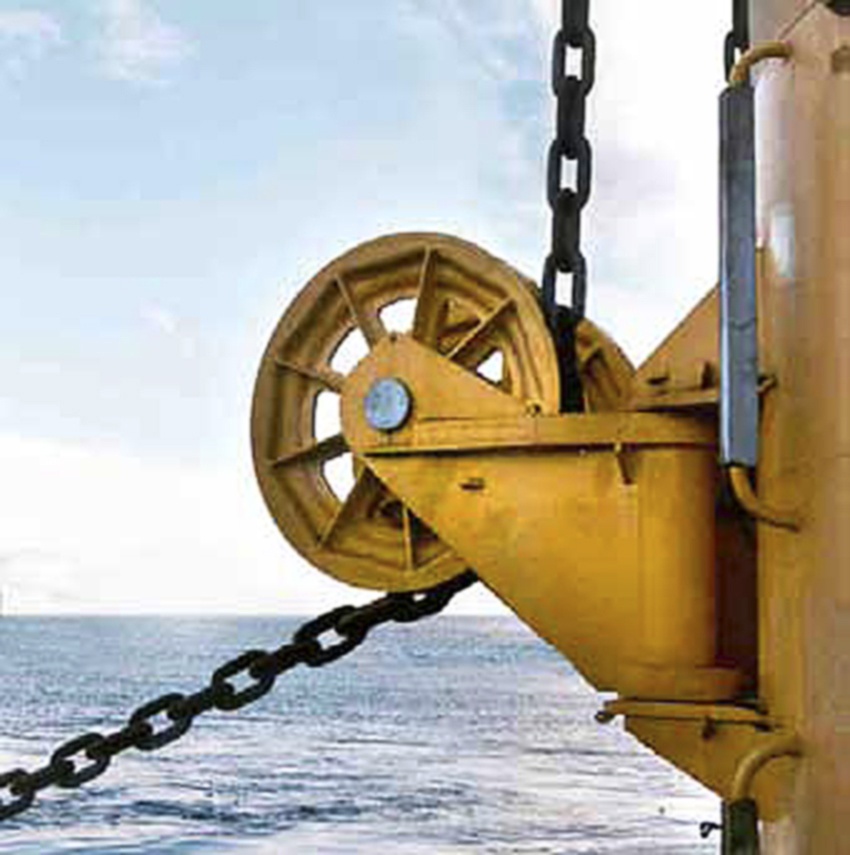Collaboration targets critical mooring line analysis
26 Apr 2018 Reading time calculated text
As offshore energy production continues to expand into deeper waters, a joint research project is underway to develop methods to reduce the probability of mooring line failures in floating installations
The offshore mooring market is expected to grow to USD 1,766 million by 2024, according to the Global Offshore Mooring Market Overview report published by US firm Variant Market Research. This growth is a result of increasing energy demands, pushing the offshore oil and gas industry into deeper waters.
The offshore mooring systems securing these production units are designed to withstand significant environmental forces. However, over time fatigue and degradation factors such as wear, abrasion and salt water corrosion can dramatically reduce their load capacity and integrity. Floating installations have a unique set of challenges relating to mooring line wear.

Reducing failure rates
Considering this, MacGregor has announced its participation in a collaboration project with the Norwegian University of Science and Technology (NTNU) and the Foundation for Scientific and Industrial Research (SINTEF); Norway’s largest independent research institution, to enhance the lifetime and design of mooring chains in offshore mooring systems. Other essential industrial contributors are also collaborating in the project.
Mooring line failures can have catastrophic consequences, but the combination of high costs and potential production downtime attracts hesitation when it comes to replacing them. The wide-ranging factors that contribute to their failure also make it difficult to assess the condition of system components.
The purpose of the four-year LifeMoor project, funded by the Research Council of Norway (RCN) and run by SINTEF, is to address the underlying causes of mooring system failures. It is also designed to improve the integrity of mooring chains by expanding industry knowledge about the effects of degradation and fatigue, and to assist the development of monitoring systems to assess the state of mooring systems in operation.
“LifeMoor presents a great opportunity to draw on our lengthy expertise in offshore mooring systems to reduce the probability of chain failures,” says Jon Hövik, Technical Manager, Advanced Offshore Solutions, MacGregor.
“With SINTEF’s knowledge and our most recent successful experience with the supply of Pusnes mooring systems to the world’s first floating offshore wind farm, Statoil’s Hywind project, in Scotland, UK, this collaboration could not have come at a better time.”
Extended life expectancy
The Hywind turbines have a 20-year planned service life. “Our mooring systems played an integral role in their installation and now they hold them steady in the extreme conditions of the North Sea.
In addition to more reliable and cost-efficient mooring systems, MacGregor also expects that LifeMoor will offer better service life estimates on mooring chains, delivering a significant benefit to operators.